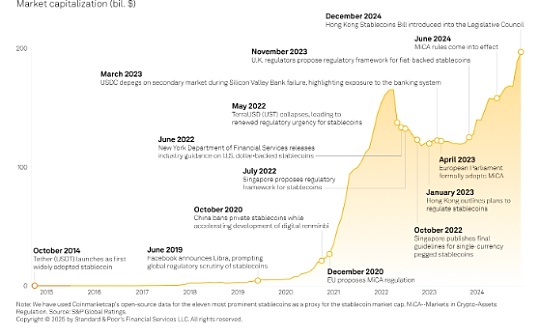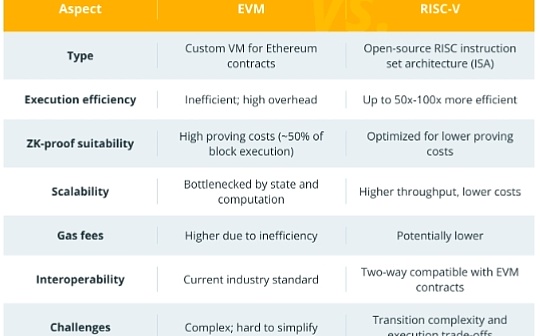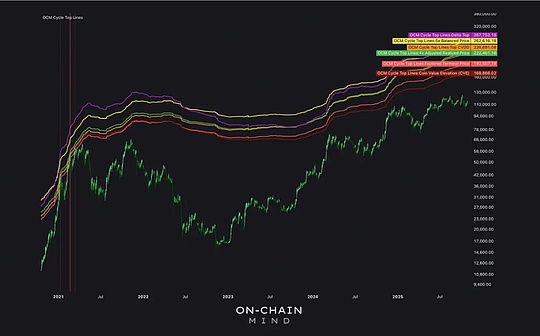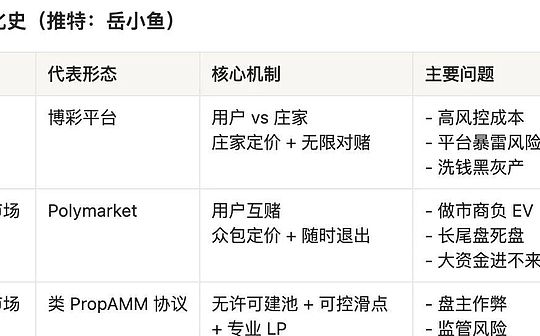
Author: Marcel Deer, CoinTelegraph; Compilation: Baishui, Bitchain Vision
1. What is chain abstraction?
Chain abstraction is a concept that simplifies the user experience of blockchain technology and unifies transactions across multiple networks.
Web3 remains a distributed industry, resulting in complex and technical user experience.This is a barrier to entry for the mainstream public, who have to create multiple crypto wallets, store mnemonics and switch between blockchains to use various applications.
It’s like going out for pizza, but every meal goes to a different restaurant – one place for dough, another for pepperoni and another for mozzarella.Also, you have to use a different currency for each currency.It won’t be a pleasant experience.
Blockchain chain abstraction is designed to solve this problem by hiding or “abstract” technology from users.This means people don’t know what they are using or which blockchain they are using.
The idea is to remove technical details such as token bridging, gas fees, consensus mechanisms and users’ native tokens.Instead, it allows them to use Web3 through a wallet and a cryptocurrency.All the technical work takes place behind the scenes.
did you know?There are now over 1,000 different blockchains, each with its own features and use cases.While they all use the core principles of cryptography and distributed ledger technology, many are independent projects.This creates a broken ecosystem that makes it difficult to transfer assets between networks.
2. How does chain abstraction work?
Chain abstraction in blockchain works by providing a single interface that enables users and developers to interact with multiple blockchains without managing the complexity of each individual chain.
Chain abstraction solutions are still under development and many companies are working to solve the problem.At the moment, how this all works is not an exact science, but a multi-chain solution may allow users to seamlessly use Web3 from one account.
It might look like this:
Users first use email login to create a zero fund account.No need to remember private keys or seed phrases.
Next, users can inject capital into their account using a single “master” currency that is used to pay for their Web3 activities.The user will then be able to find and use the Web3 application, no matter which blockchain it runs on.Any interaction will be forwarded and signed on the applicable network and will be automatically paid.Currency bridging or swap will be done out of the user’s sight through smart contracts.
For example, you can collect NFTs minted on different blockchains without the need for a separate wallet, exchange cryptocurrency, or store recovery seed phrases.
did you know?The idea of chain abstraction is not new.It draws inspiration from traditional software engineering.For decades, developers have used this concept to simplify complex systems for users.In fact, end users don’t need to know how things work internally – they need to achieve their ultimate goal as simply as possible.
3. Benefits of chain abstraction
Both users and developers benefit from chain abstraction because it removes the complexity of using blockchains and allows seamless multi-chain interoperability.
Here are the main advantages of chain abstraction:
-
Unified interface:Chain abstraction reduces user fragmentation and complexity.It enables them to manage assets from a single interface, wallet or platform and access decentralized applications (DApps) on different blockchains.
-
No learning curve:Currently, Web3 has a huge learning curve, and users need to understand wallet usage, private key storage, asset bridging, decentralized applications, etc.Chain abstraction gradually eliminates this difficulty, allowing people to use Web3 quickly and easily.
-
Simplify transactions:It eliminates the manual process currently required to use multiple blockchains.Users can seamlessly trade between multiple blockchains without having to work hard to trade and bridge tokens.You don’t need to understand the underlying Web3 technology to pay for Gas, leverage DApps, or manage assets across multiple chains.
-
Liquidity:As assets aggregate on different chains, chain abstraction can provide almost unlimited liquidity throughout the ecosystem.Tokens can be moved freely and gathered from multiple sources without friction.This makes it easier for traders and investors to get a larger liquidity pool, while helping to reduce market slippage and improve efficiency.
-
DApp development:For developers, the complexity of building multiple blockchains can also be simplified.Creating applications running across multiple chains becomes faster and easier without writing separate code for each network.
4. Application of chain abstraction
By increasing transaction efficiency, access to DApps and development processes, it can revolutionize the scalability of blockchain, including the decentralized finance (DeFi), supply chain management, gaming, NFT and software-as-a-service (SaaS) industries.
Several projects are working on solving chain abstraction problems:
Particle Network aims to unify all chains through a common account.The company has raised $40 million from several venture capital and Alibaba Group to continue its growth.Their goal is to make use of Web3 easier so that users only need to use one account for any link.
Near is a smart contract platform that provides chain abstraction to solve these blockchain ecosystem problems.With one account, users can sign transactions on multiple blockchains, such as BNB Smart Chain and Ethereum.This includes multiple chain abstract use cases, such as casting NFT collections across multiple chains or operating DAO applications that are proposed and voted through multiple links.

Xion enables developers to build consumer-ready platforms and eliminates the complexity of Web3.It claims to be the first wallet-free blockchain available for mainstream adoption.With a single account, users can manage their entire Web3 experience, from signing a transaction to enjoying a social media network.
did you know?Some popular DeFi platforms have used chain abstractions to help aggregate liquidity and provide users with an enhanced trading experience.Platforms such as ThorChain and AnySwap allow transactions to exchange tokens between different blockchains without using separate bridges or exchanges.
5. The future prospect of chain abstraction
Chain abstraction technology offers a promising future as it attempts to address the biggest pain points in Web3 adoption.At present, industries need to be more cohesive, and blockchain projects are often committed to trying and dominating the industry rather than building a user-friendly ecosystem.
As the encryption infrastructure enters its second decade, long-term users are scattered with various wallets and keys.While wallet providers are committed to providing multi-asset storage, bridging the asset gap between cross-chain and applications remains a problem.For ordinary mainstream consumers, Web3 is technically overwhelming, while Web2 is a stable co-pilot in daily life.
To have a similar impact on the world, Web3 will need to rely heavily on chain abstractions.The process is technically complex because it requires ensuring seamless blockchain interoperability while maintaining the security of a large number of networks.This requires extensive collaboration among developers working on first and second-tier projects.
Regulatory uncertainty may bring another problem, just like in this kind of innovation area.Ensuring compliance across jurisdictions and industries (especially finance) is another area that is expected to take years to fully grasp.








